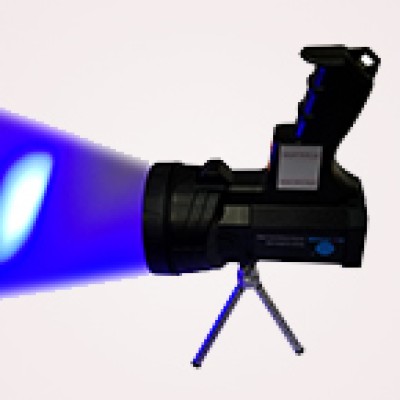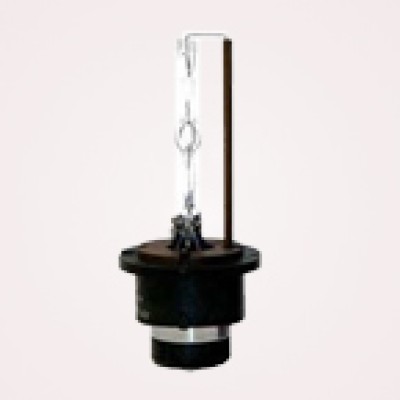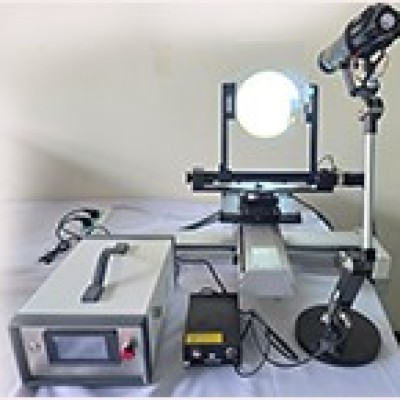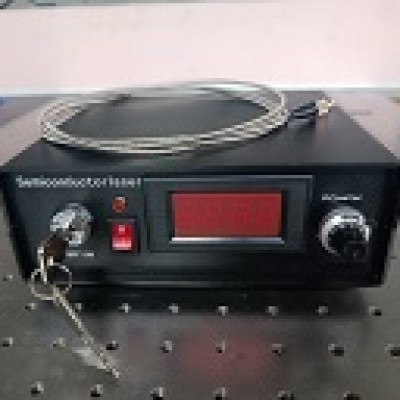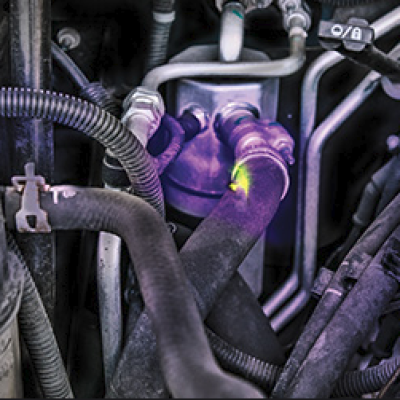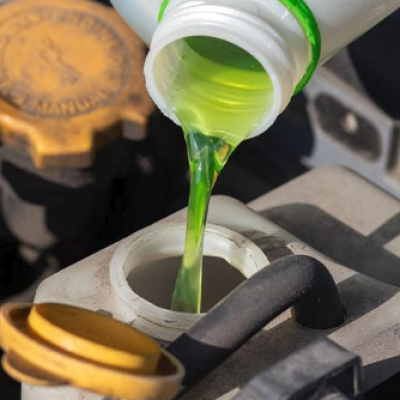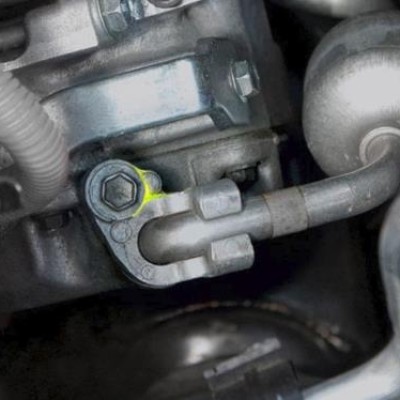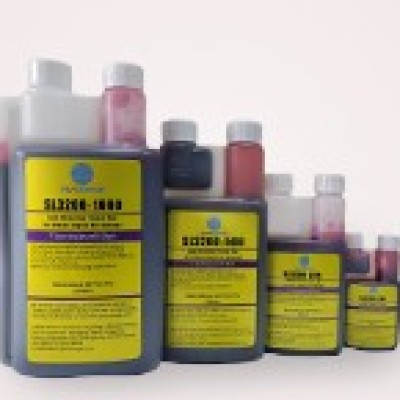As we all know, UV is part of the spectrum of the sun. It is playing an important role in our life now. Ultraviolet is an electromagnetic radiation with a wavelength from 10NM to 400NM, shorter than that of visible light but longer than X-rays. UV radiation constitute about 10% of the total output of the sun. The UV light is a specialized model with light spectrum of 315-400NM. These years, Mercury-vapor lamps and UV LED lights are the main UV light models, which are widely used in various industries.
The main application of UV light is as following:

- NDT
NDT is the largest application for UV lights. The conventional NDT mainly include MPI and FPI. The principle is the UV lamp to excite fluorescent dyes settled on magnetic and resolved in penetrant to locate surface cracks. The dyes will be glowing in green, orange or red under UV light. Because its easy operation the NDT will not affect the physical characteristics of the tested sample. So, it is being more and more popular in various industry.
- Leak detection.
Leak detection is the second largest application for UV lamp, especially in the automotive industry. The kit system included the UV light and fluorescent dye tracer. First the fluorescent dye is added to the system and circulated. Then the system is inspected with the lamp. Since the dye collects at all leak sites, the lamp will show the precise location of every leak with a bright glow. Meanwhile the dye can remain in the system indefinitely and does not affect the components or performance.

3 security and forensics.
UV light is also an investigative tool at the crime scene helpful in locating and identifying body fluids. For example, ejaculated fluids or saliva can be detected by high power UV light.
4 Clean room
UV aids in the detection of organic material deposits that remain on surface where cleaning may not have been properly accomplished. It is widely used in the hotel, manufacturing, and other industries where levels of cleanliness or contamination are inspected.
 CN
CN

